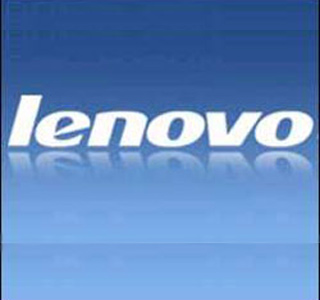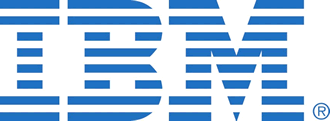 Chip company Freescale said that people are facing “the most dire challenge” the internet of things (IoT) has faced so far – the lack of guidelines for security.
Chip company Freescale said that people are facing “the most dire challenge” the internet of things (IoT) has faced so far – the lack of guidelines for security.
Freescale said that US agency DARPA had managed to hack into a car manufacturers braking system, while the US Federal Trade Commission raised concerns about the security of interconnected systems and devices.
So what is Freescale doing about it?
The company said that it teaming with an industry body called the Embedded Microprocessor Benchmarking Consortium (EEMBC) to help IoT manufacturers and system designers bring better security to transactions and endpoints for the IoT.
It also said that it was establishing a series of security labs worldwide to work on making more secure technologies from the cloud to the end point. Freescale said it will allocate up to 10 percent of its annual R&D budgets on the Internet of Things.
It is also starting a programme to educate startups on best practices on IoT security.


















